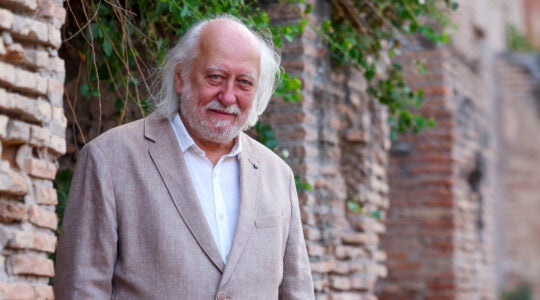Deep in the swampy climes of Siberia, tucked away on the Chinese border, lies a little region you’ve probably left off your vacation itinerary: Birobidzhan, capital of the Jewish Autonomous Oblast (JAO).
Part of Joseph Stalin’s nation-building policy for minorities, in which national groups were assigned largely autonomous territories, the JAO was established in 1934 as a place where Soviet Jewry could study Yiddish—the national language—and promote Zionism.
Classic Stalin: All culture, no religion.
Peaking at approximately 30,000 Jews in 1948, the JAO, for a time, had a thriving Jewish culture. Birobidzhan, the administrative capital of the oblast, was home to a Yiddish newspaper and theater troupe, as well as a collective farm. (This was the USSR after all).
These days, the Jewish population of the JAO accounts for approximately 2% of the region, and is primarily located in Birobidzhan. Regardless, one can still learn Yiddish in school, tune into the Yiddish radio station, read the Yiddish paper, or take a stroll down Sholem Aleichem Street.
If you’re interested in visiting, it’s a short 5,200 miles from Moscow on the Trans-Siberian Railway. But you might want to wait until spring.
___
Watch a trailer of a film about Birobidzhan:
JTA has documented Jewish history in real-time for over a century. Keep our journalism strong by joining us in supporting independent, award-winning reporting.





